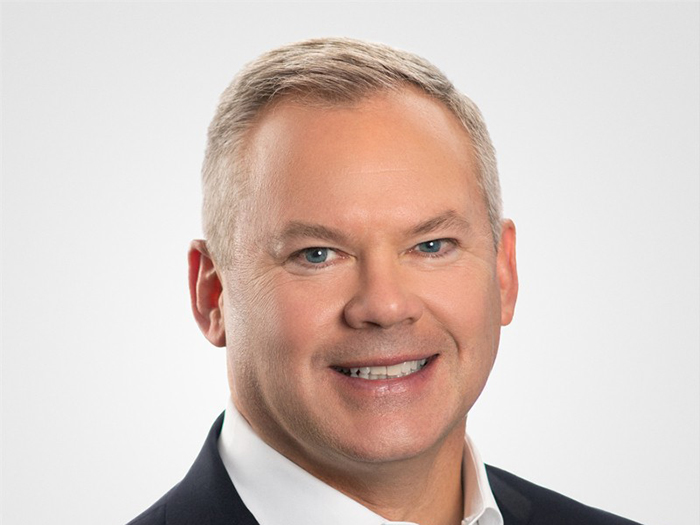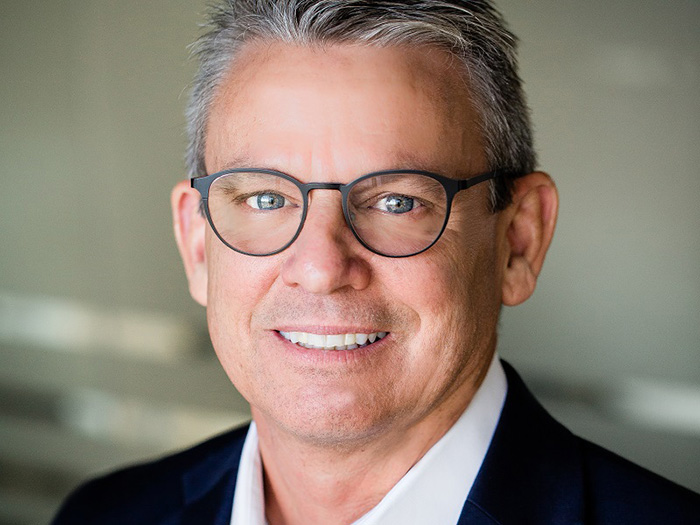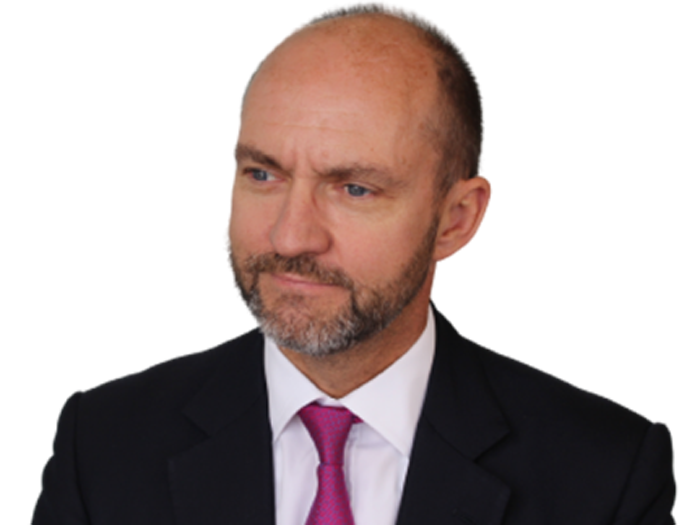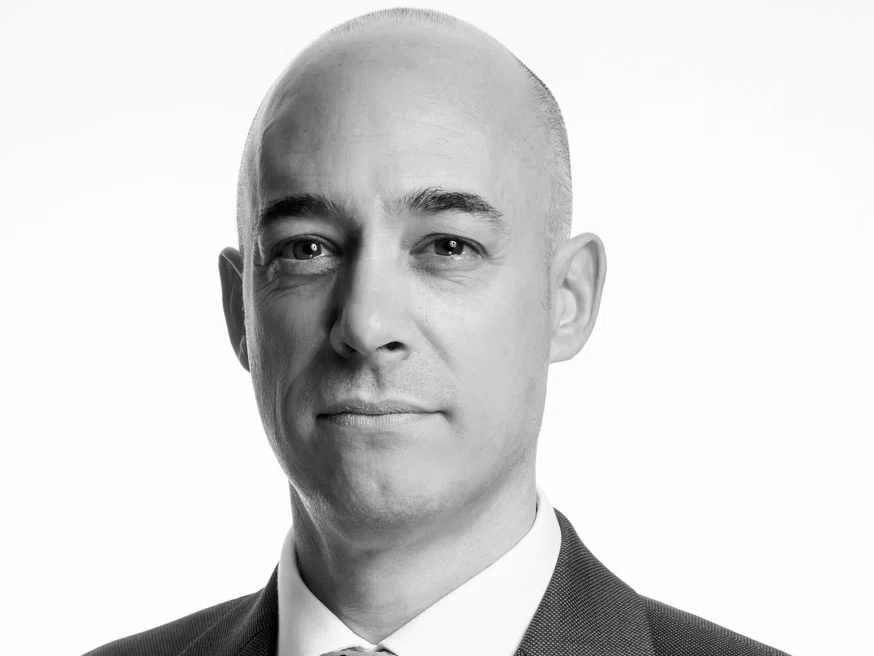The Insurance Communicators: 10 Questions for Eileen Coyne, Vice President of Kimball Hughes Public Relations
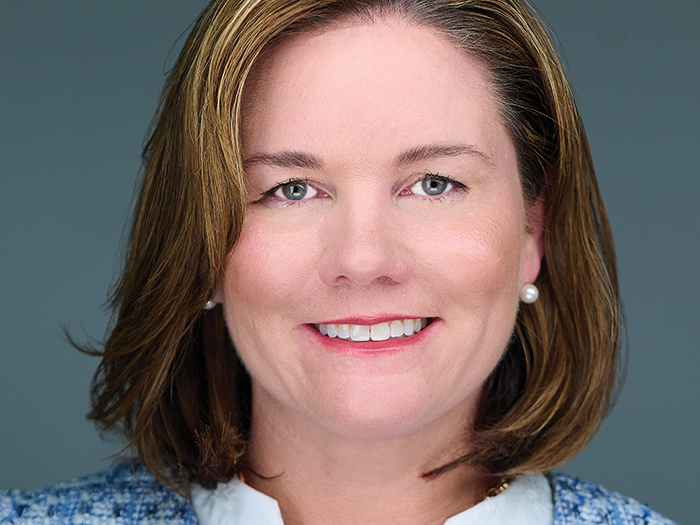
The professionals that focus on communications, public relations and marketing in the insurance industry perform a vital function. They’re the ones that build needed bridges between the industry, the media, policyholders and other key players.
It’s possible that insurance will never be fully understood by significant portions of the public and private sectors. But that doesn’t mean these communications professionals don’t keep trying!
In this new series from Risk & Insurance, we’ll be interviewing public relations and media relations professionals who have spent a significant portion of their professional lives in the insurance space. The goal of the series is to give the industry and the world at large a better idea of the important work these professionals do.
In this first installment, we caught up with Eileen Coyne, vice president with Kimball Hughes Public Relations, based in the Greater Philadelphia area.
Risk & Insurance: If you can recall, what was your first position in the communications field?
Eileen Coyne: I was a reporter. Straight out of college, I got a job at the Bureau of National Affairs in Washington, D.C. on the banking beat.
I did have a journalism degree, but I really didn’t know much about banking. I had worked at the school newspaper in college and did some articles on movie reviews and things like that. So, I decided to throw myself into the banking beat, all the while wondering ‘What’s a mortgage?’
It was pretty interesting, and I had a great experience. When I was in D.C., I got to cover what was going on in Congress and the banking committees. I covered the Fed, the FDIC, the regulatory agencies, etc. It was Y2K, it was the Gramm-Leach-Bliley Act and it was Monica Lewinsky. So, fun times.
I spent four or five years on the banking beat for different publications, and then I switched to insurance in 2002.
There was always a little bit of insurance, some flood here and there, and some NAIC coverage, but mostly it was banking in those early days in my career.
Back then there was always talk of merging the two, that finance and insurance — financial services — would all be the same thing. But then when I took my job at American City Business Journals, I was assigned the insurance beat rather than the banking beat.
R&I: How did you find yourself on the public relations side of things?
EC: I had a baby, and that experience makes you re-evaluate things and consider what else could you do. What’s next? What else is there?
I had been talking to Nationwide, and I realized I had developed some special skills that I could share having been on the other side of the fence. I know what reporters want to hear. I know they just don’t want to hear a sales pitch, and basically, that’s a key reason why I took that position.
R&I: Your first communications job in insurance was with Nationwide?
EC: Yes. It was in corporate communications with Nationwide in Columbus, Ohio and it was a pretty good job for me at the time, because it was a job share they had created.
They were testing it out, and like I said, I had just had my first child, so it was nice to job share with another woman who was in the same position and was also a communications professional. It was a unique opportunity, and my first foray into public relations, and I jumped right in.
I’m seven years in at Kimball Hughes PR now.
R&I: Having covered this sector for a while, how do you think the insurance industry can do a better job of telling its story or getting its story out there?
EC: I think I offer a unique perspective, because I have that journalism background. That experience helps me help my clients find their stories and deliver to my reporter and editor friends what they’re looking for.
We’ve heard it said before, the insurance industry has a great story to tell, but too often what the headlines focus on is unpaid claims and rate hikes and canceled policies. We need to do more to flip the story to talk about the resilience the industry builds.
The insurance industry is a provider of stability, not just for individuals, but for companies and entire communities. It’s really the backbone of so many industries. It gives us confidence and financial backing to build, to move forward, to grow, and it’s changing quickly.
R&I: For your clients, what do you identify as their key opportunities? What stories could they be telling that they might not be telling?
EC: Often clients and prospects come to us wanting to focus on their new product or their new service, and we need to turn that around. We need to speak to trends in the industry. We need to talk about the importance of resilience.
That’s what people want to hear about.
It’s not just resilience in terms of personal loss and helping rebuild after an incident, but you’ve been hearing more about how the industry can play a role in shaping the future of the world.
The industry can play a role by continuing to protect our environment, using innovative technology to make the products and services that are not only beneficial for the insurance buyer or profitable for the company and stakeholders, but that will ultimately lead to social good.
R&I: What are some of the common media relations mistakes that you see some of your clients making?
EC: As I mentioned earlier, some clients can be too focused on the product and not enough on the trend. They have the expertise, but they might not know how to dig it out, frame it and share it.
That’s where we come in, because executives and marketing teams sometimes get a little too into the weeds with the products and services they need to put out there.
What people really want to hear from our clients is unbiased, non-promotional industry expertise on trends that people care about, whether it’s cyber, whether it’s ESG, privacy, or any of that.
R&I: You’ve been on the journalism side and you’ve been on the PR side. From what you’ve learned, what separates a merely competent public relations professional from the really good ones?
EC: Good PR professionals don’t just push out press releases or say yes to everything the higher ups tell them to do without questioning the goals and potential outcomes.
Good PR people push back when necessary. They are someone who thinks it through, who strategizes, who understands the audience, and really digs for the story and looks for it through the lens of a journalist. I think that’s invaluable.
And it’s somebody who knows the industry. When we’re talking about something as complex as insurance, I think that’s also invaluable to lessen the learning curve and maximize the advantage of the message the client is trying to get out to the world.
R&I: If you were giving advice to a young journalism or communications major who’s looking for a career and maybe thinking about this sector, what advice would you give them in terms of how to break in or how to make a mark and be a success?
EC: I think a lot of the people coming in from communications or journalism were looking for something a bit sexier. They wanted to be a journalist, to cover the crime beat, for example.
You want to go into communications and public relations. You want to be a publicist. You want to work with celebrities in entertainment and sports. That’s typically what we hear from aspiring communicators. The advice I would give is to have an open mind. Don’t be intimidated by something as complex as insurance and risk management ― or banking for that matter.
If you’re going to stick with something for decades, it should be something challenging, packed with something new to learn every day. Where new terminology continues to evolve and where you have the opportunity to touch multiple aspects of society.
That’s really where your happiness will be found.
R&I: Looking back at your career on the journalism side or the PR side, what do you consider some of the high points in your career, things you’re proudest of?
EC: On the journalism side, I’ll hang my hat on my interview with Jamie Dimon. That was pretty fun. I got to do a one-on-one interview with him.
I guess it was in the early 2000s, when Bank One was merging with JP Morgan. When I look back at that now, I think, oh my gosh, what an opportunity.
But in my PR career, I love landing stories for my clients in trade publications like yours, but I also really enjoy getting the big business outlets from time to time, something in the Wall Street Journal, getting a client on CNBC, those have been real thrills.
R&I: Any regrets?
EC: I don’t think I have any regrets. I like the path my career has taken. I’m proud of it. I’m pleased with it.
I’ve been happy at most of my jobs. I usually find happiness with what I’m doing. It sounds silly, but I like learning every day, and I like the complexity of my job, and I’m not afraid to admit that I am still learning. &





